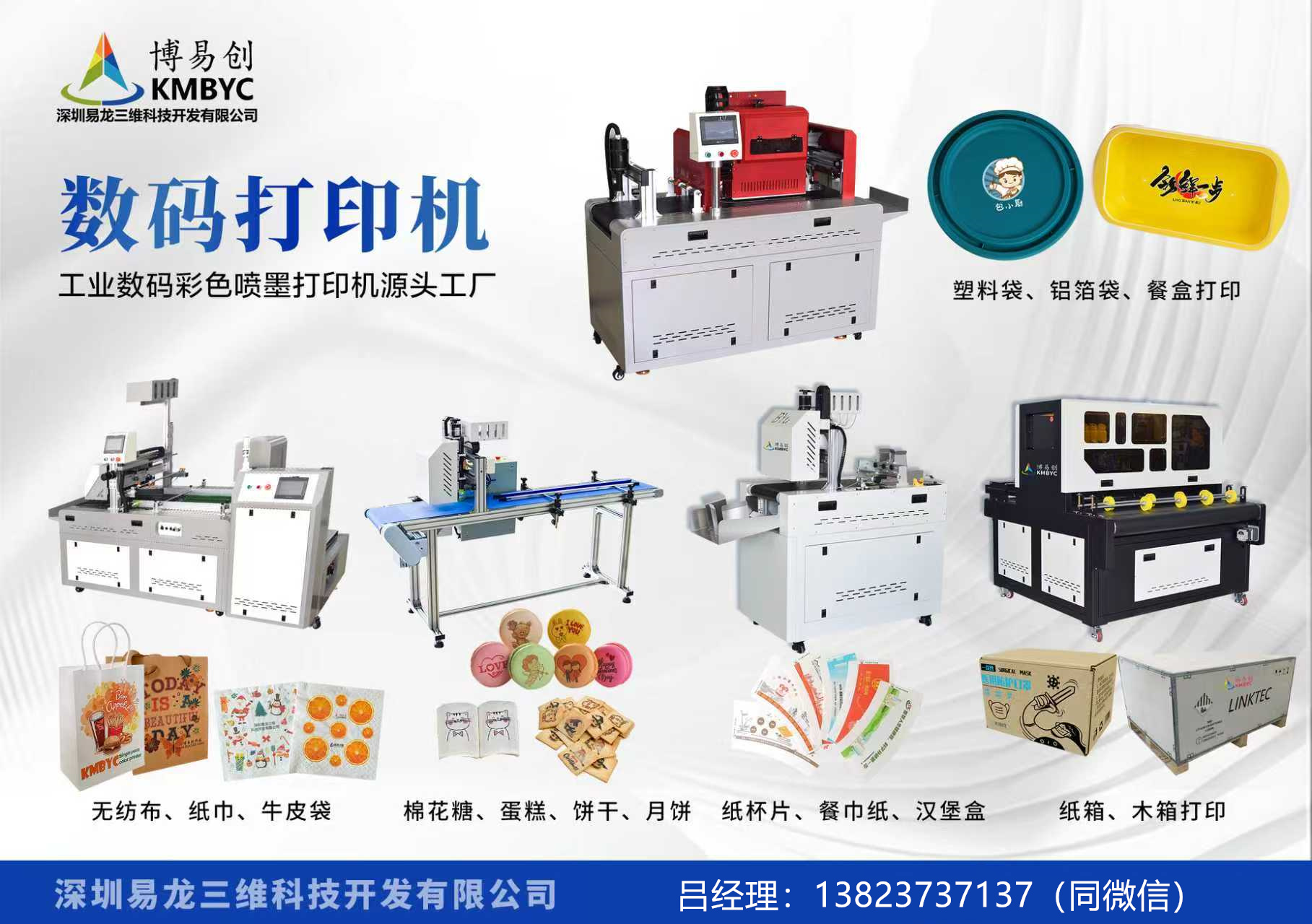
Revolutionizing Print Culture: The Rise of GXC Handheld UV Flatbed Printers in the Global Market
Introduction
The print industry is undergoing a remarkable transformation with the emergence of innovative technologies that combine environmental sustainability, cost-efficiency, and versatility. Among these advancements, the GXC Handheld UV Flatbed Printer has taken center stage, capturing the attention of designers, marketers, artists, and small business owners worldwide. Originally developed by manufacturers in Xiangyang, a city known for its rich industrial heritage in Central China, these compact printing systems have rapidly evolved from niche tools to a significant player reshaping how businesses approach customization and production.
In this article, we will explore the technological intricacies of the FPUF (Flatbed Universal Printer Fixtures) system integrated into these devices, discuss its disruptive capabilities across various sectors, including customized apparel, point-of-sale marketing materials, art reproduction, and small-batch manufacturing. We will also analyze the impact of this technology on global supply chains through case studies, examine the sustainability angles offered by UV printing processes, and project the trajectory of adoption into mainstream business operations. By integrating insights drawn from hardware manufacturers, end-users, and market analysts, this piece aims to provide a comprehensive understanding of why the GXC Handheld UV Flatbed Printer represents not just a new technology but a paradigm shift in personalized visual communication.
---
Technology Deep Dive: Understanding UV Flatbed Printing
The heart of the GXC Handheld UV Printer lies in its UV Flatbed Print System. Unlike traditional sublimation or inkjet methods, this revolutionary printing technique relies on Ultraviolet (UV) curable inks that solidify instantly when exposed to ultraviolet light. This process creates durable, scratch-resistant prints suitable for countless materials—ranging from textiles and ceramics to plastics, glass, and even rigid surfaces like wood or metal, provided they are compatible with the printer's capabilities.
One engineering marvel is the modular design inherent to these systems, which allows for lateral movement and precision positioning. The handheld nature combined with high-speed scanning enables operators to print directly onto irregular or three-dimensional objects—an advantage that automated machinery cannot match. This adaptability is particularly valuable for complex items such as artisanal products, architectural models, or personalized gifts. For instance, printing high-resolution logos onto irregularly shaped ceramic tiles becomes seamless with this approach, bypassing conventional workflows that demand rigid alignment or secondary finishing steps.
Advanced models incorporate sophisticated software that translates digital file data into specific control commands for the UV emitters and print heads. This system ensures industry-standard image fidelity coupled with on-demand production flexibility. Additionally, energy efficiency has emerged as a key selling point, with modern printers featuring optimized LED curing systems that significantly reduce power consumption while maintaining performance levels comparable to traditional kiln or flash-dry methods. Integration of IoT capabilities allows for remote monitoring, predictive maintenance alerts, and real-time operational logs—an aspect proving especially critical in publicly accessible commercial kiosks or continuous operation environments where downtime can result in substantial revenue loss.
Businesses operating in environments requiring high customization capacities can dramatically benefit from the precision and rapid iteration offered by flatbed systems. In contrast to bulk printing operations tied to large format limitations or expensive pre-press operations, the GXC model supports rapid visual prototyping without sacrificing quality—a hybrid approach valued by small-to-medium enterprises scaling quickly under volatile market conditions.
---
Market Expansion: From Niche Hobbyist Tool to Commercial Staple
Originally introduced in Xiangyang, these devices quickly transcended their initial appeal among hobbyist t-shirt designers and small art collectives. Global expansion accelerated during the COVID-19 pandemic, when lockdowns and localized supply restrictions forced businesses to innovate their customer interaction models. The ability of these devices to create high-value touchpoints turned out to be especially valuable—from quick photo customization at local festivals to rapidly deployed QR code-enhanced marketing collateral for retail environments.
Take the case of coastal kiosks that implemented FPUF-integrated kiosks. What began as print-on-demand solutions evolved into transformational retail activation zones. These Handheld UV Print Stations, strategically placed within shopping centers, allow customers to design their own branded items on the spot, selecting everything from matchbox graphics for children’s rooms to durable vinyl stickers for laptops. A single device can run multiple jobs sequentially, eliminating the need for expensive commercial offset printing runs of low volume promotional items. The estimated investment payback period for these stations is typically measured in months, even in high-traffic commercial corridors.
Indoor entertainment venues such as museums and shopping malls are increasingly featuring "interactive display walls," each incorporating UV flatbed printing technology to generate newspaper clippings, vintage tickets or period-specific replicas for themed exhibits. Beyond the novelty value, these implementations support crucial educational objectives—providing tangible historical or cultural artifacts without the logistical burdens of traditional conservation or printing procedures.
---
Applications: Where is This Technology Shaping Tomorrow's Outputs?
Personalized Consumer Products
The G


